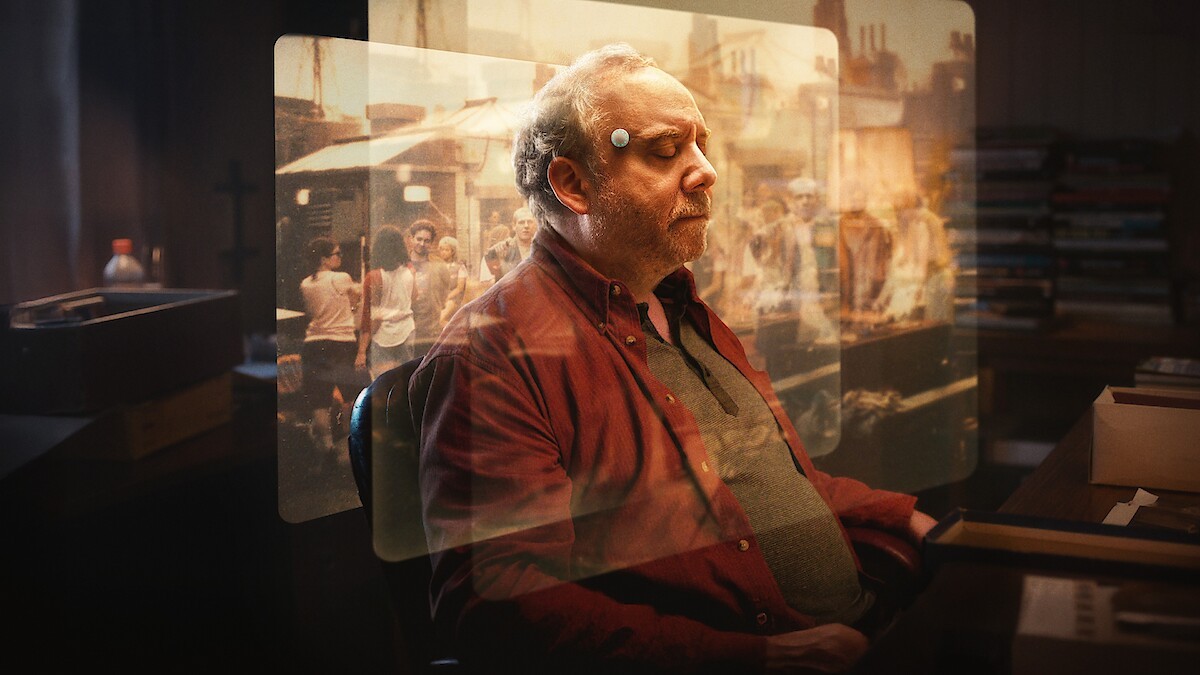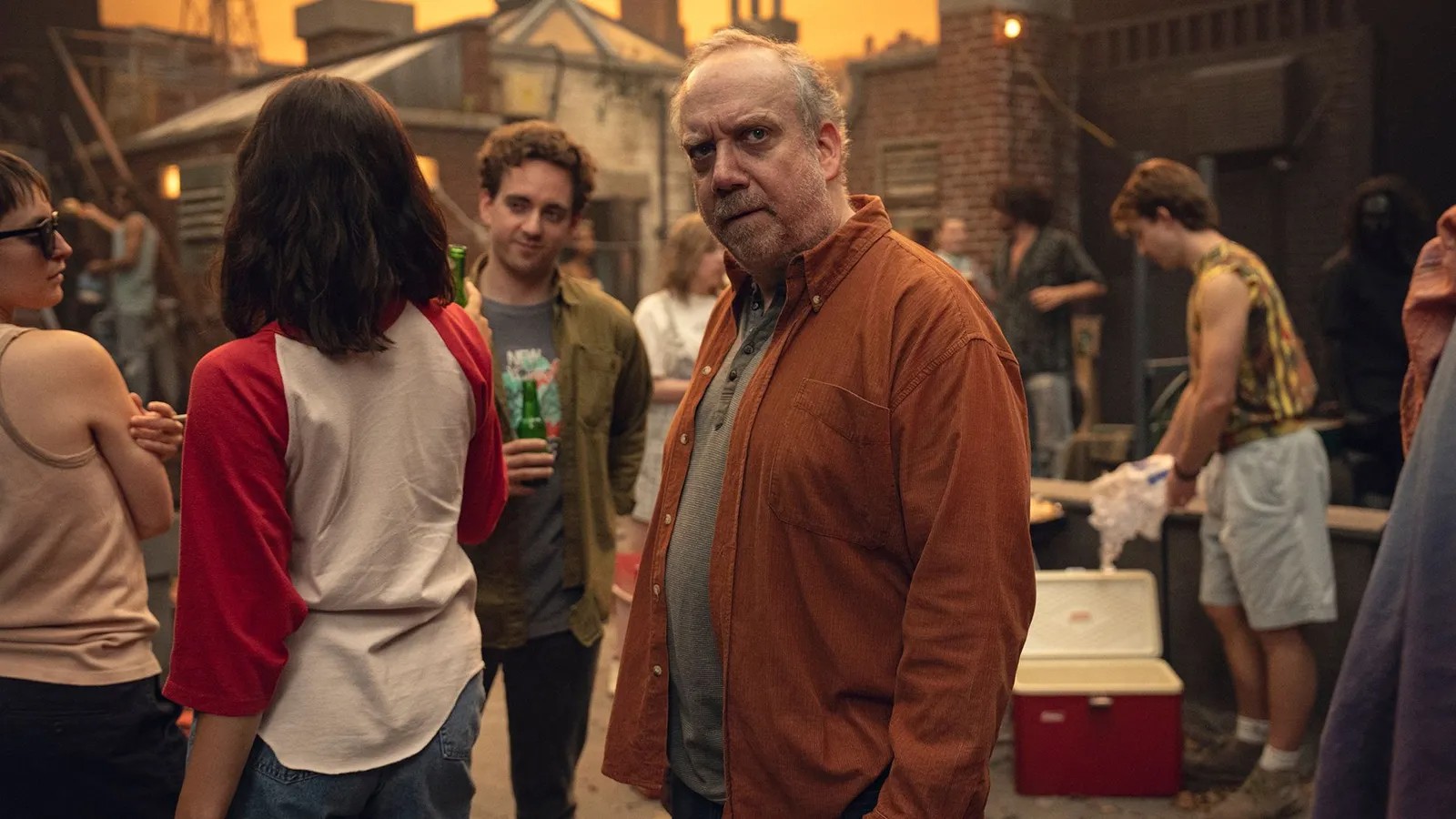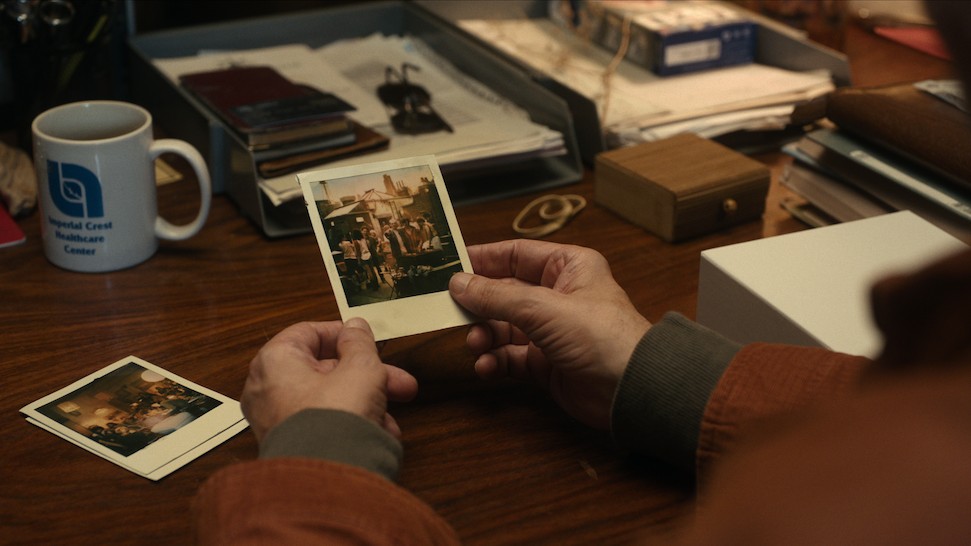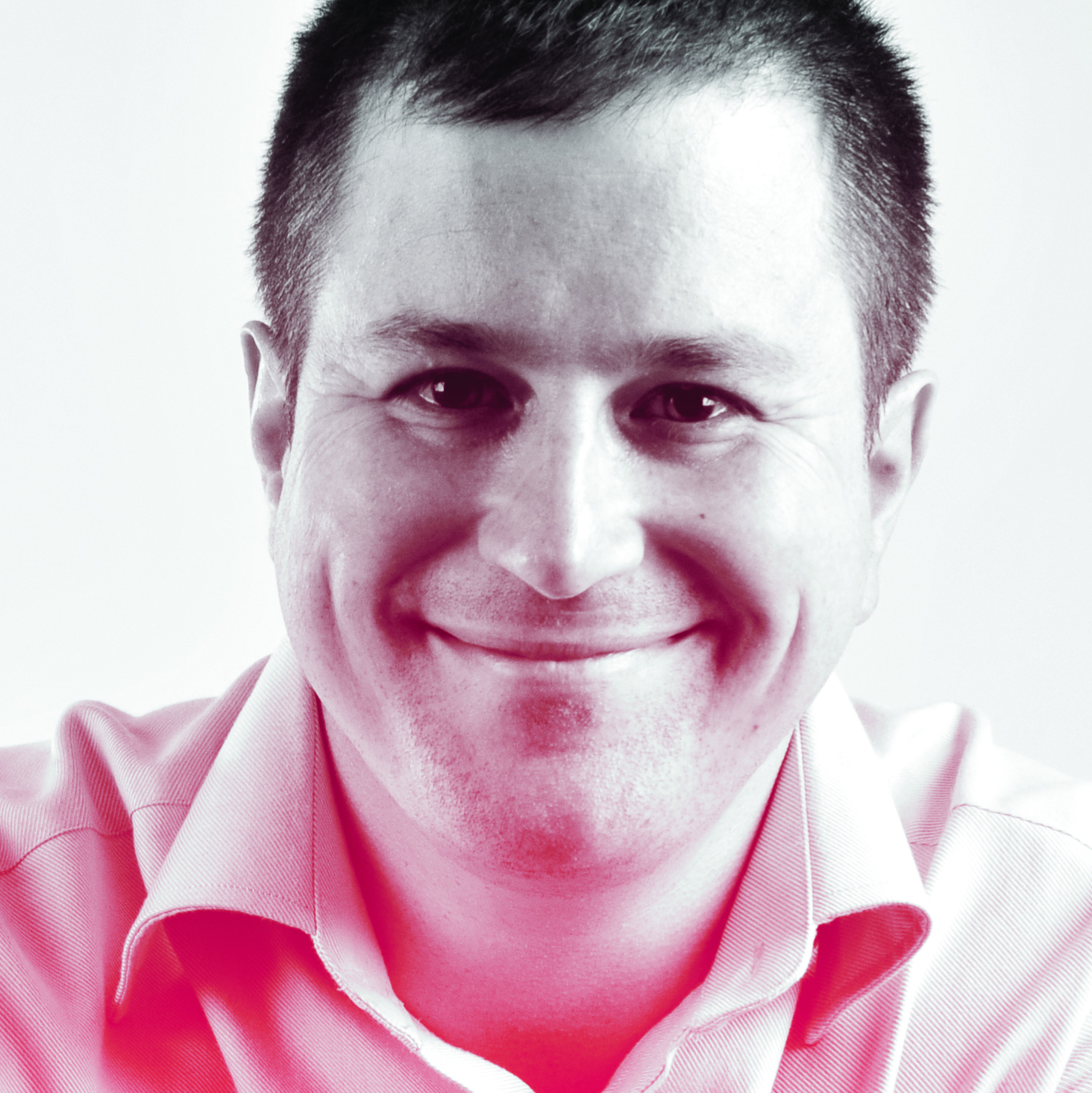
Look, I get it. You're a photographer, not a sci-fi nerd. You've got better things to do than watch some British bloke's fever dreams about evil robots taking over the world.
But here's the thing: if you haven't watched Netflix's Black Mirror yet, you're missing out on the most brutally honest mirror (pun intended) of where our profession, and society in general, is heading. Not to mention all the references to it that are gradually creeping into people's conversations, which may well be going over your head.
And once you're ready to dip your toe into Charlie Brooker's twisted waters, there's no better place to start that Eulogy from season 7.
What is Black Mirror?
First, let me explain what you're walking into. Black Mirror is Netflix's dystopian anthology series that's been making people question their relationship with technology since 2011. Think The Twilight Zone, but instead of aliens and monsters, it's smartphones and social media doing the terrorizing.
The beauty is, you don't need to start from episode one; you can jump in anywhere. The episodes are self-contained, so you can cherry-pick based on your mood or interests. Want to see a dating app from hell? Try Hang the DJ. Curious about social media ratings gone wrong? Nosedive will make you delete Instagram immediately.
As a photographer, though, Eulogy should be your gateway drug. And note: this isn't just another technophobic rant about AI stealing our jobs. It's a meditation on memory, loss, and the lies we tell ourselves through our own images – themes that should resonate with anyone who's ever held a camera.
What's Eulogy about?
The episode follows Phillip, played by Paul Giamatti, delivering his usual masterclass in quiet desperation. He's a lonely man who's asked to contribute memories of his deceased ex-girlfriend Carol to her digital memorial.
The best camera deals, reviews, product advice, and unmissable photography news, direct to your inbox!
Using a technology called Eulogy, Phillip can literally step inside his old photographs and explore them as three-dimensional spaces. It's like VR meets therapy meets your worst nightmare about going through old Facebook albums.
Without spoiling the story, it explores how we curate our memories through photography – and how those curations can blind us to reality. Phillip's photos become unreliable narrators of his own past, much like how we selectively edit our lives through Instagram stories and carefully curated portfolios.
In short, it's a visual metaphor for how photography both preserves and distorts our experiences. It's also a frightening glimpse into the way AI is changing our profession and world... although you'll have to watch it to find out exactly how.
How it was made
By the way, the technical wizardry that brings this concept to life is itself quite incredible. The VFX team at One of Us didn't just make pretty CGI – they made photography feel visceral and alive.
When Phillip enters his Polaroids, you can feel the specific texture of instant film nostalgia. The grainy 35mm snapshots have a different weight than the digital images. Each photographic format becomes a different kind of memory palace.
To achieve these effects, cinematographer Álvaro Gutiérrez matched specific lenses to different photo formats: Cooke Speed Panchros for Polaroids, Super Baltars for point-and-shoot cameras, Canon K-35s for 35mm reflex shots. It's the kind of obsessive attention to detail that makes gear nerds weep with joy.

The result? Each memory feels photographically authentic, even as Phillip walks through impossible three-dimensional spaces.
The main reason to watch Eulogy, though, isn't what it looks like, but how it make you think. Because Black Mirror stories aren't predictions; they're warnings. Typically, they're also profound explorations of what makes us human.
Just don't blame me when you start side-eyeing your smartphone camera with newfound suspicion.
Tom May is a freelance writer and editor specializing in art, photography, design and travel. He has been editor of Professional Photography magazine, associate editor at Creative Bloq, and deputy editor at net magazine. He has also worked for a wide range of mainstream titles including The Sun, Radio Times, NME, T3, Heat, Company and Bella.
You must confirm your public display name before commenting
Please logout and then login again, you will then be prompted to enter your display name.


